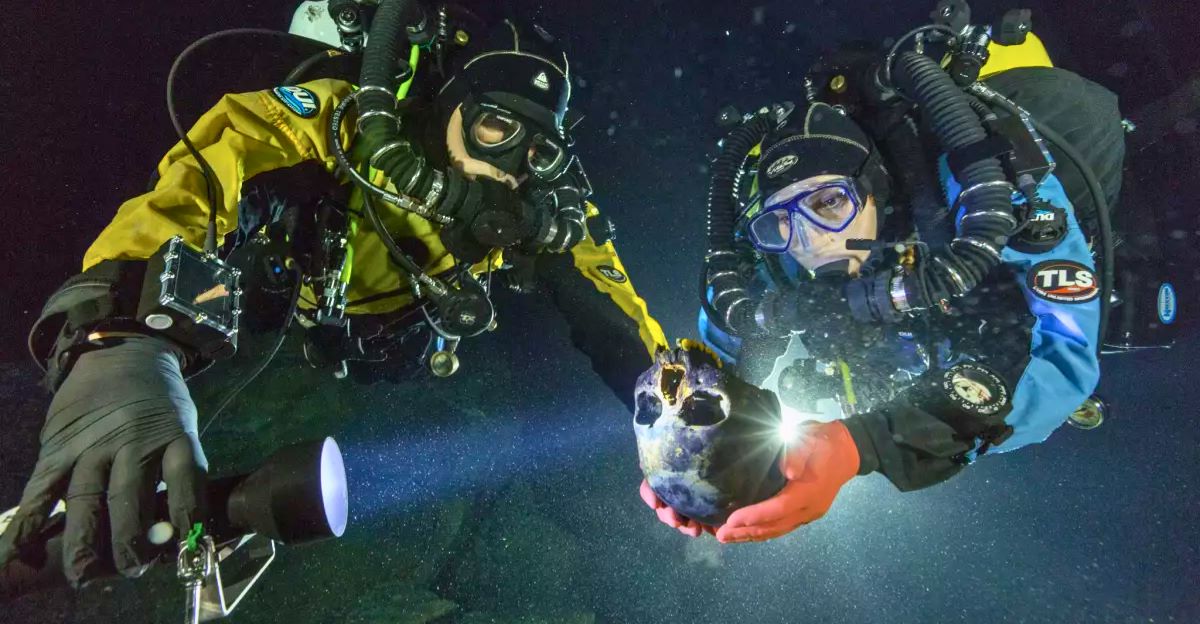
For 16 months, scientists ventured into the depths of Earth’s oceans, uncovering creatures so strange and spectacular they seem straight out of a sci-fi movie. From a never-before-seen guitar shark to a tiny, camouflaged pipehorse, their discoveries totaled an astonishing 866 new marine species. With so much of the ocean still unexplored, what other secrets might be hiding beneath the waves?
A Groundbreaking Ocean Expedition
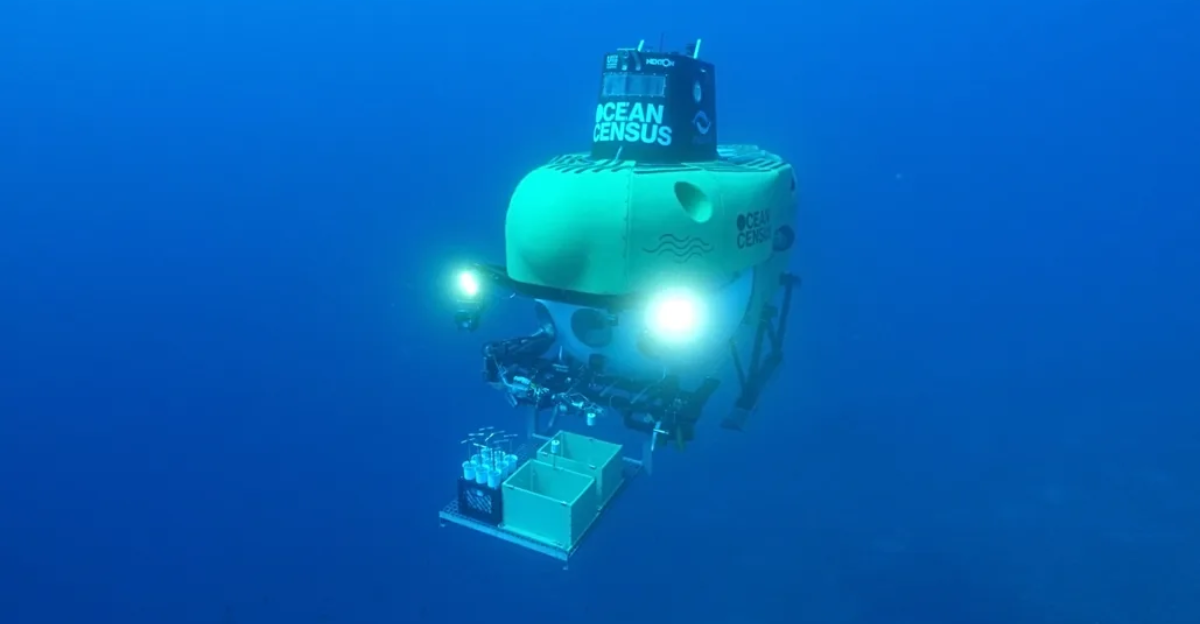
The ocean covers 71% of Earth, yet scientists estimate 90% of marine species remain undiscovered. Determined to change that, an ambitious 16-month mission—the Nippon Foundation-Nekton Ocean Census—set out to explore the planet’s underwater frontiers. Using cutting-edge technology like remotely operated vehicles (ROVs), submersibles, and deep-sea diving, scientists discovered an astonishing 866 new species. From the depths of the Arctic to tropical waters off Africa, this unprecedented survey revealed creatures previously unknown to science: a never-before-seen guitar shark, a tiny, camouflaged pygmy pipehorse, and even a limpet that constantly rebuilds its dissolving shell. But these findings go beyond fascination—many species could play crucial roles in medicine, biodiversity, and climate resilience. With an estimated 1–2 million marine species still undocumented, this mission is just the beginning.
The Elusive Guitar Shark
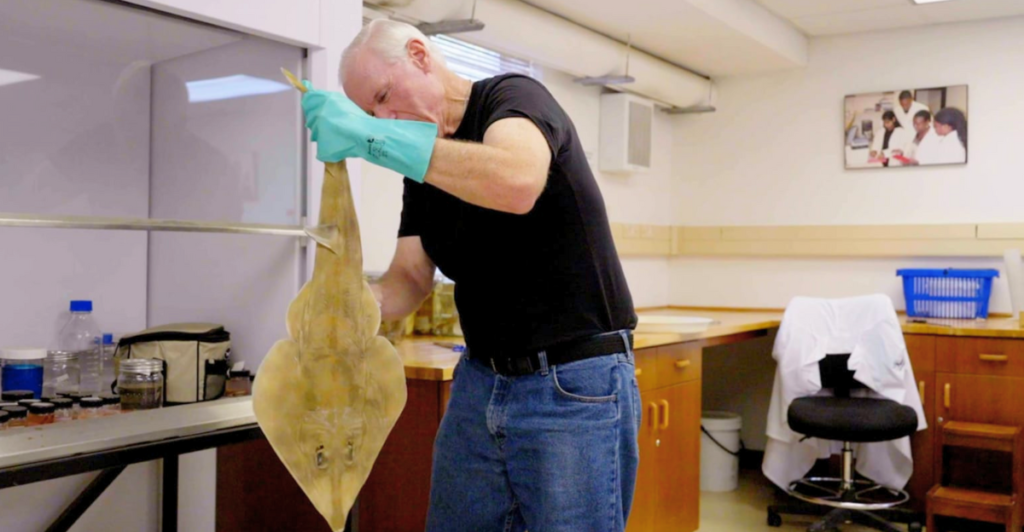
One of the expedition’s most thrilling finds was a new species of guitar shark, discovered 200 meters deep off the coasts of Mozambique and Tanzania. With a sleek, flattened body shaped like a guitar, this rare shark belongs to one of the ocean’s most threatened vertebrate groups. Its discovery highlights the urgent need for better marine conservation efforts.
A Pygmy Pipehorse
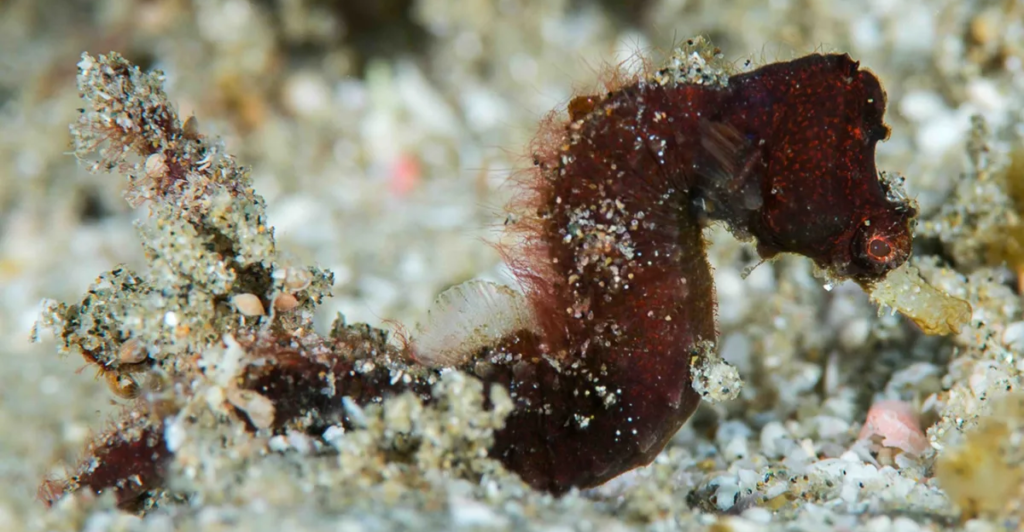
At just 4 cm long, a newly identified pygmy pipehorse stunned researchers off South Africa’s coast. Related to seahorses and seadragons, it boasts incredible camouflage. Until now, its genus was only found in New Zealand’s colder waters—its presence in Africa challenges what we know about species distribution and adaptation in our warming oceans.
The Limpet That Defies Acidic Waters
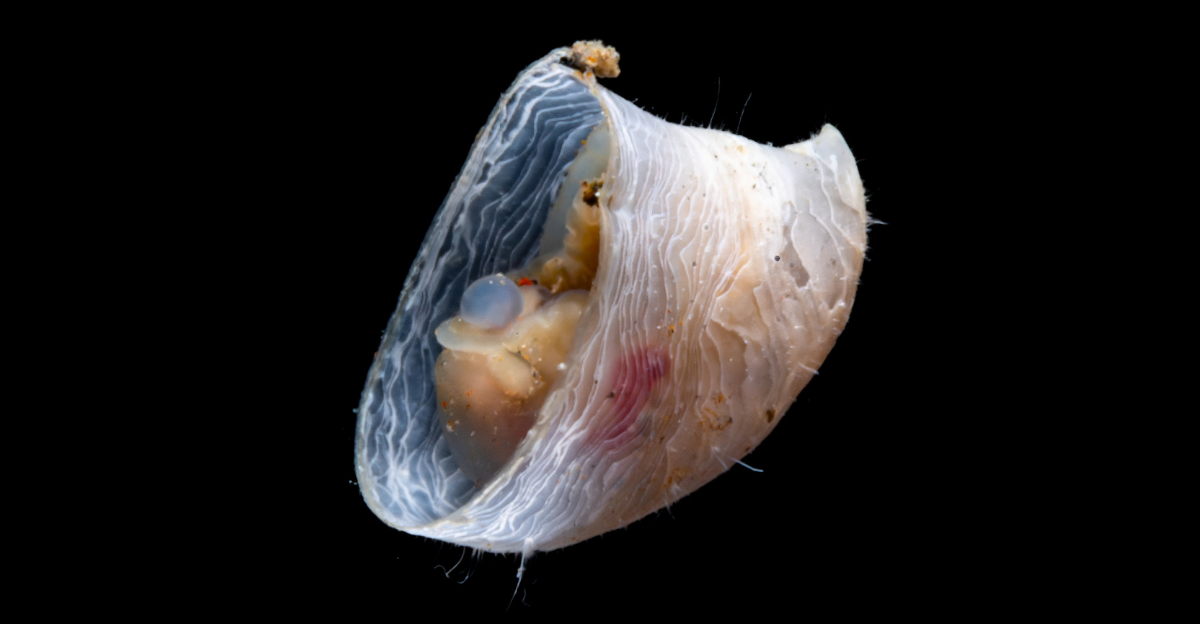
Deep in the Norwegian-Greenland Sea, scientists uncovered a remarkable limpet at 3,053 meters. This mollusk’s shell constantly dissolves in acidic waters, forcing it to rebuild itself continuously. It’s a living testament to extreme adaptation, shedding light on how marine life endures climate-driven ocean acidification—a crisis threatening shellfish worldwide.
Speeding Up Species Discovery Before It’s Too Late

On average, it takes 13.5 years to officially name and describe a new species. Some go extinct before they’re even documented. In contrast, researchers named a new mollusk in just 48 hours in the Canary Islands. The Ocean Census aims to dramatically accelerate species identification, ensuring crucial biodiversity isn’t lost before it’s understood.
A Venomous Gastropod With Medical Potential

A new marine gastropod, Turridrupa magnifica, was found near New Caledonia and Vanuatu. This tiny mollusk produces venom that could lead to breakthroughs in pain relief. Scientists are racing to explore these potential biomedical treasures, knowing that the next great life-saving drug may be hidden beneath the waves.
A Deep-Sea Barnacle’s Unusual Home

Discovered 900 meters deep off New Zealand, a barnacle called Amigdoscalpellum calicicolum clings to the rims of deep-sea cup corals. This peculiar relationship, rarely seen in marine life, provides insight into deep-sea symbiosis—a complex web of survival that remains largely unexplored.
A Soft Coral Wrapped Around a Crinoid
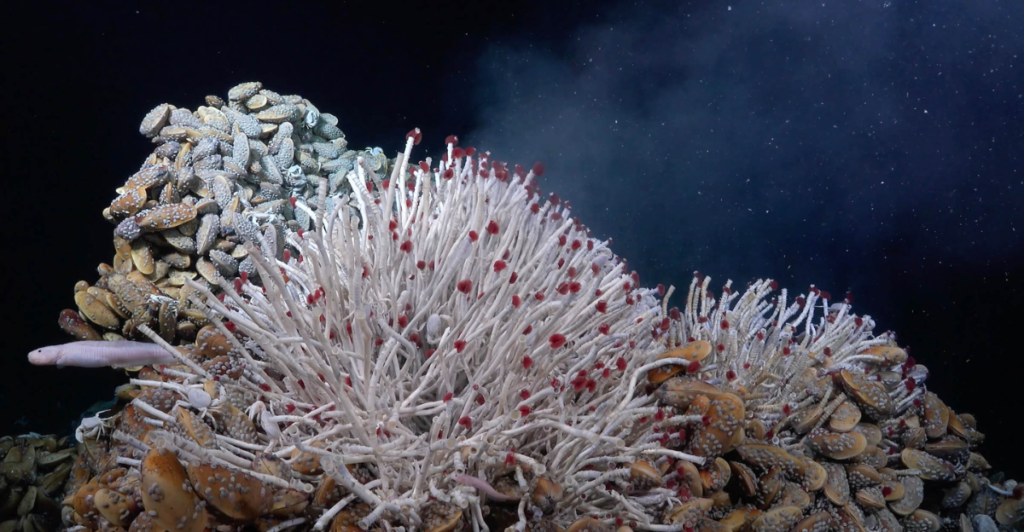
At 2,203 meters in the Arctic’s Jøtul Hydrothermal Vent Field, scientists found a soft coral enveloping a crinoid like moss on a tree. Such adaptations could unlock secrets about deep-sea ecosystems, where extreme pressure, darkness, and cold force life into bizarre yet ingenious survival strategies.
The Race to Save Marine Biodiversity
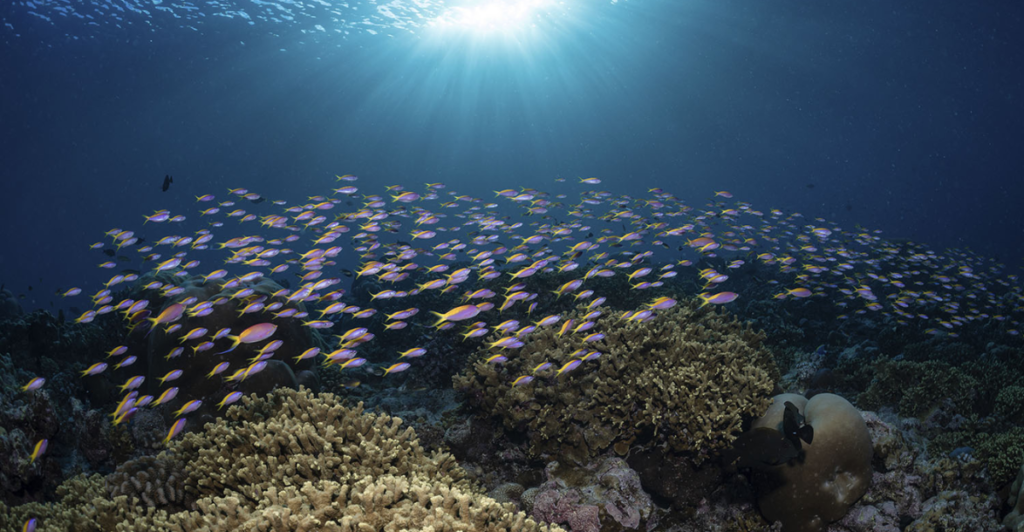
Every new species adds another piece to the puzzle of marine ecosystems. But climate change, deep-sea mining, and pollution threaten many of these creatures before we even understand them. The Ocean Census isn’t just about discovery—it’s a call to protect our oceans before countless species vanish forever.
What’s Next? A Bold Goal for the Future
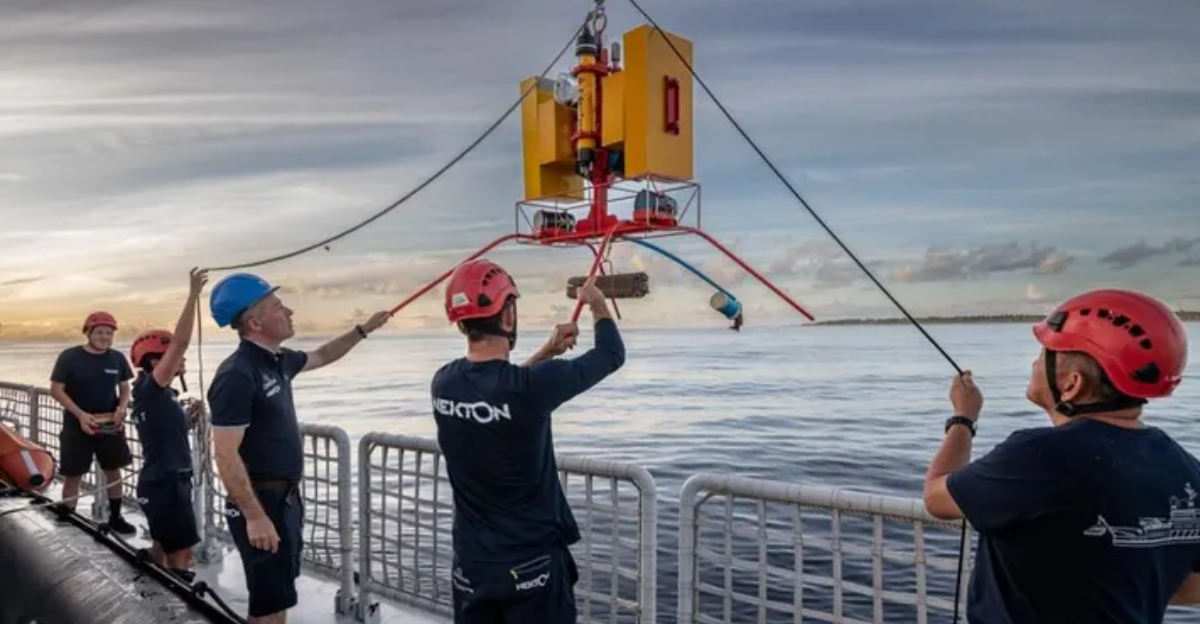
The Nippon Foundation-Nekton Ocean Census aims to identify 100,000 new species in the next decade. With international collaboration and cutting-edge technology, this mission could revolutionize our understanding of marine life. The biggest question isn’t whether more breathtaking species are waiting—it’s whether we’ll act in time to save them.
Explore more of our trending stories and hit Follow to keep them coming to your feed!

Don’t miss out on more stories like this! Hit the Follow button at the top of this article to stay updated with the latest news. Share your thoughts in the comments—we’d love to hear from you!







